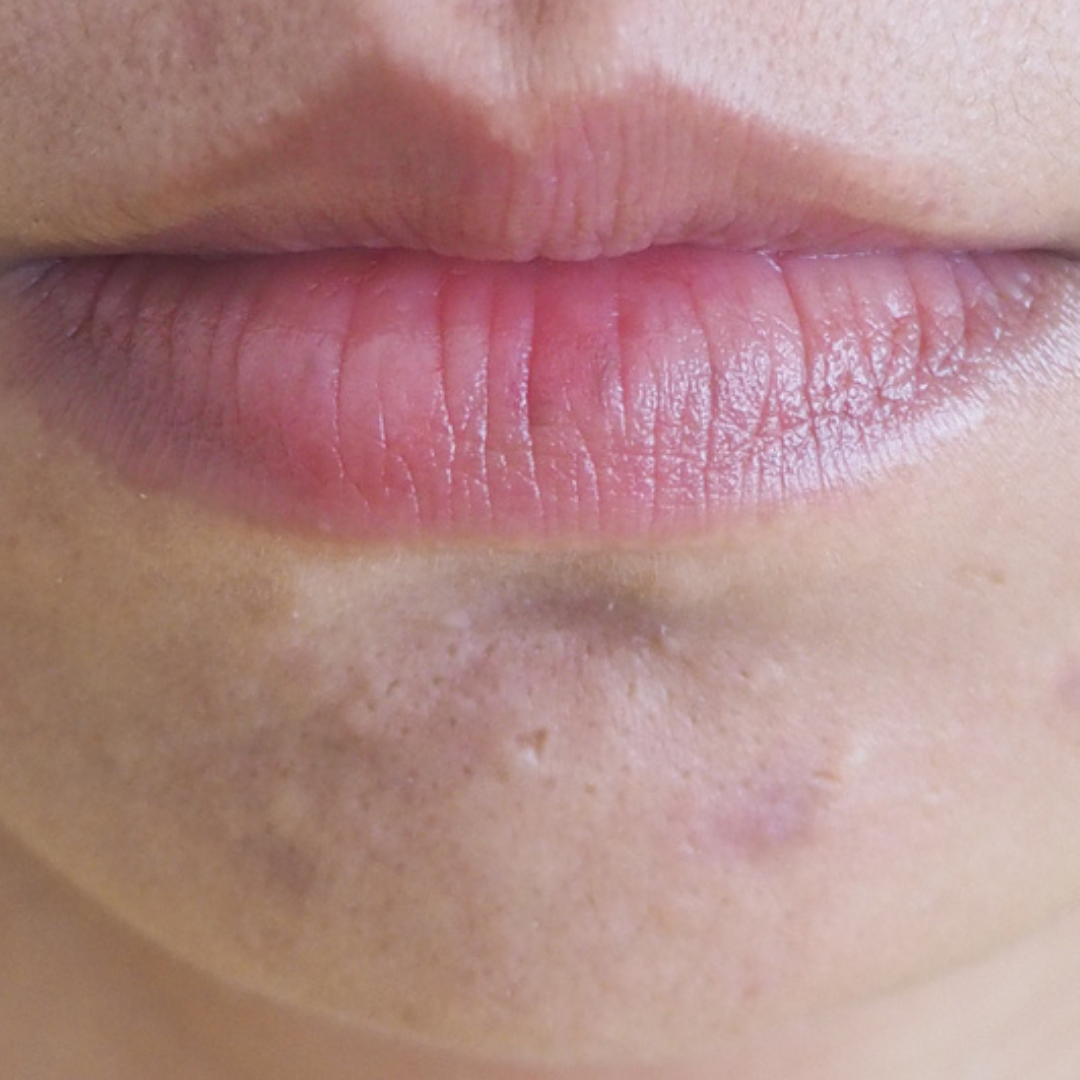
Target scars and even them out with skincare products or professional skin devices
Share
Scars are a common skin concern that can be caused by injury, surgery, acne, or other skin conditions. While some scars may fade over time, others can be stubborn and require specific treatments to improve their appearance. Here are some scientifically backed ways to target and even out scars with skincare products or professional skin devices:
-
Use skincare products containing vitamin C, alpha-hydroxy acids (AHAs), or azelaic acid, as they can improve the appearance of scars by promoting collagen production and skin cell turnover. A study found that topical ascorbic acid (vitamin C) improved the appearance of post-inflammatory hyperpigmentation (a type of scar) by up to 70% after 3 months of use (1). AHAs, such as glycolic or lactic acid, have been shown to improve the appearance of scars by up to 24% by promoting skin cell turnover (2). Azelaic acid has also been shown to improve the appearance of acne scars by up to 43% after 6 months of use (3).
-
Consider microneedling treatments, which create tiny punctures in the skin to stimulate collagen production and promote scar healing. A study found that microneedling improved the appearance of atrophic acne scars by up to 75% after 4 sessions (4).
-
Laser therapy has been shown to be an effective treatment for scars, as it can target scar tissue while promoting collagen production and skin cell turnover. A study found that fractional laser therapy improved the appearance of acne scars by up to 72% after 3 sessions (5).
-
Chemical peels can also improve the appearance of scars by removing the top layer of skin and promoting skin cell turnover. A study found that a lactic acid peel improved the appearance of acne scars by up to 47% after 6 sessions (6).
-
Consult a skincare professional to determine the best course of action for your specific scar type and severity.
Sources:
- Fitzpatrick, R. E., et al. (2002). Double-blind, half-face study comparing topical vitamin C and vehicle for rejuvenation of photodamage. Dermatologic Surgery, 28(3), 231-236.
- Sharad, J. (2013). Glycolic acid peel therapy – a current review. Clinical, Cosmetic and Investigational Dermatology, 6, 281-288.
- Arif, T. (2015). Salicylic acid as a peeling agent: A comprehensive review. Clinical, Cosmetic and Investigational Dermatology, 8, 455-461.
- Fabbrocini, G., et al. (2014). Acne scarring treatment using skin needling. Clinical and Experimental Dermatology, 39(6), 712-717.
- Lee, H. S., & Kim, I. H. (2017). Fractional laser-assisted drug delivery. Lasers in Medical Science, 32(8), 1905-1912.
- Safoury, O. S., & Sobhi, R. M. (2017). Comparative study between 15% TCA peel and 92% L-lactic acid peel for the treatment of acne scars. Journal of Cosmetic Dermatology, 16(2), 236-242.
